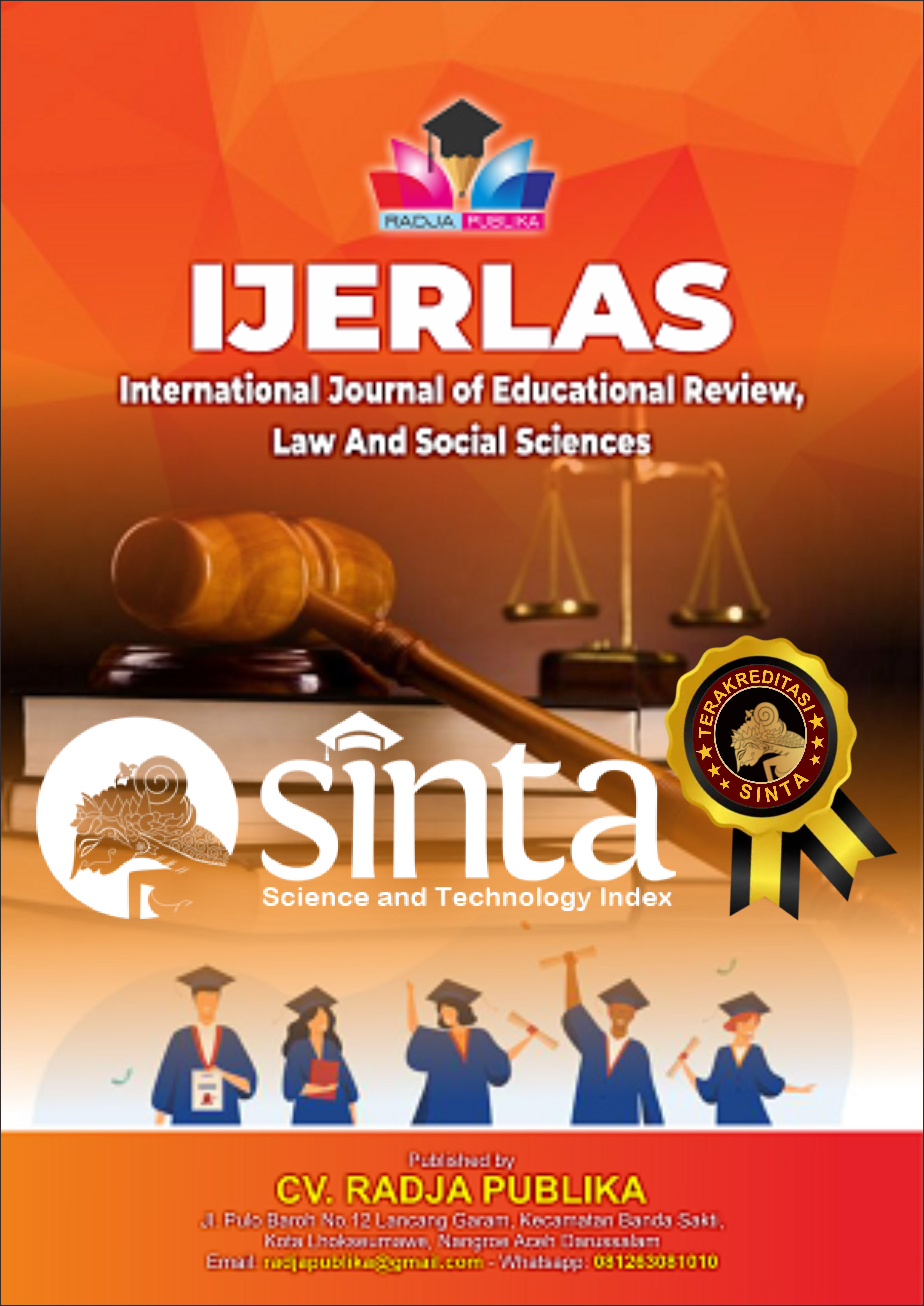MEASURING THE PERCEPTIONS OF WHERE AND WHEN MOST RESIDENTIAL BURGLARIES OCCUR IN THE NEWLANDS EAST POLICING PRECINCT, DURBAN
Main Article Content
Nokukhanya Neptune Mbonambi
This study examines the spatial and temporal distribution of residential burglaries in the Newlands East Policing Precinct of Durban, South Africa. Understanding the geographic and temporal patterns of crime is essential for developing effective crime prevention strategies and optimizing resource allocation. A qualitative research design was employed, utilizing focus group discussions and semi-structured interviews with 37 participants, including members of the South African Police Services (SAPS), Community Policing Forums (CPFs), local ward councillors, and community members. Findings indicate that burglaries are spatially concentrated in the Newlands West area and exhibit seasonal fluctuations throughout the year. Key contributing factors to burglary prevalence include poverty, inequality, and unemployment, underscoring the socio-economic dimensions of crime in the study area. The research highlights the necessity for a multi-stakeholder approach involving law enforcement, government agencies, and community members to effectively address residential burglaries. This study contributes to the limited empirical research on the spatial and temporal aspects of residential burglary in South Africa. It emphasizes the importance of targeted crime prevention measures and strategic policing interventions to mitigate burglary rates. The findings support the need for future research to further explore the socio-economic drivers of crime and the effectiveness of various crime prevention initiatives.
Africacheck. (2017). Factsheet: South Africa’s crime statistics for 2016/17. https://africacheck.org/fact-checks/factsheets/factsheet-south-africas-crime-statistics-201617
Africacheck. (2019). Factsheet: South Africa's crime statistics for 2018/19. https://africacheck.org/factsheets/factsheet-south-africas-201516-crime-statistics/
Andresen, M. A., & Malleson, N. (2013). Crime seasonality and its variations across space. Applied Geography, 43, 25-35.
Bengtson, S. (2010). What young children say about violence at their school (Doctoral dissertation).
Bernasco, W. (2008). Them again? Same-offender involvement in repeat and near repeat burglaries. European Journal of Criminology, 5(4), 411-431.
Brantingham, P. J., & Brantingham, P. L. (1981). Environmental criminology. (No Title).
Breetzke, G. (2015). A time for crime: The temporal variation of crime in Tshwane, South Africa. Acta Criminologica: African Journal of Criminology & Victimology, 28(3), 1-15.
Breetzke, G. D. (2016). Examining the spatial periodicity of crime in South Africa using Fourier analysis. South African Geographical Journal= Suid-Afrikaanse Geografiese Tydskrif, 98(2), 275-288.
Bryman, A., Clark, T., Foster, L., & Sloan, L. (2004). Social Research Methods New York: Oxford University.
Braun, V., & Clarke, V. (2006). Using thematic analysis in psychology. Qualitative research in psychology, 3(2), 77-101.
Chunderduri, N. (2013). Young Indian women's construction of sexuality and risky sexual behaviour in a Newlands school (Doctoral dissertation).
Clark, J. A. G. R. (2018). The near repeat risk calculation of residential burglaries in Hillcrest, Kwazulu-Natal, South Africa: A criminological analysis. UNISA: Unpublished Master’s Thesis, Pretoria.
Cohen, L. E., & Felson, M. (1979). Social change and crime rate trends: A routine activity approach. Crime: Critical Concepts in Sociology, 1, 316.
Cohn, E. G., & Rotton, J. (2003). Even criminals take a holiday: Instrumental and expressive crimes on major and minor holidays. Journal of criminal justice, 31(4), 351-360.
Cornish, D. B., & Clarke, R. V. (2017). Understanding crime displacement: An application of rational choice theory. In Crime opportunity theories (pp. 197-211). Routledge.
Cornish, D. B., & Clarke, R. V. (2016). The rational choice perspective. In Environmental criminology and crime analysis (pp. 48-80). Routledge.
Cozens, P. M. (2011). Urban planning and environmental criminology: Towards a new perspective for safer cities. Planning practice and research, 26(4), 481-508.
Everson, S., & Pease, K. (2001). Crime against the same person and place: detection opportunity and offender targeting. Crime prevention studies, 12, 199-220.
Felson, M. (2013). Routine activity approach. In Environmental criminology and crime analysis (pp. 92-99). Willan
Felson, M., & Clarke, R. V. (1998). Opportunity makes the thief. Police research series, paper, 98(1-36), 10.
Huigen, B. (2020). Territorialising homes: Prolonged and return burglaries in South Africa. African Security Review, 29(3), 225-241.
Johnson, S. D., Bernasco, W., Bowers, K. J., Elffers, H., Ratcliffe, J., Rengert, G., & Townsley, M. (2007). Space–time patterns of risk: A cross national assessment of residential burglary victimization. Journal of Quantitative Criminology, 23, 201-219.
Johnson, S. D., & Bowers, K. J. (2004). The burglary as clue to the future: The beginnings of prospective hot-spotting. European Journal of Criminology, 1(2), 237-255.
Malleson, N., Steenbeek, W., & Andresen, M. A. (2019). Identifying the appropriate spatial resolution for the analysis of crime patterns. PloS one, 14(6), e0218324.
Mason, J. (2017). Qualitative researching.
Mfazi, SC. (2017) Influence of environmental design & effective policing in the South African context. SAPS Research Colloquium. https://www.saps.gov.za/resource_centre/publications/research_colloquium_maj_gen_mfazi_amended3.pdf
Montoya, L., Junger, M., & Ongena, Y. (2016). The relation between residential property and its surroundings and day-and night-time residential burglary. Environment and behavior, 48(4), 515-549.
Nee, C., & Meenaghan, A. (2006). Expert decision making in burglars. British Journal of Criminology, 46(5), 935-949.
Stan, S. (2005). The History of Westrich [Personal information]. Durban: eThekwini Health Department, Community Social Work Section.
Sidebottom, A. L. (2013). Understanding and preventing crime in Malawi: an opportunity perspective (Doctoral dissertation, UCL (University College London)).
Statistics South Africa. (2019) Crime statistics report 2018/2019. http://www.statssa.gov.za/?p=12620#:~:text=The%20survey%20showed%20that%20in,all%20households%20in%20South%20Africa.&text=About%2060%25%20of%20households%20reported,of%20hijacking%20of%20motor%20vehicles.
Statistics South Africa. 2017. Victims of crime survey 2016/2017. https://www.statssa.gov.za/publications/P0341/P03412016.pdf
Statistics South Africa. 2020 Housebreaking still number one crime in SA 2019/2020 https://www.statssa.gov.za/?p=13811.
Taylor, R. B., & Gottfredson, S. (1986). Environmental design, crime, and prevention: An examination of community dynamics. Crime and justice, 8, 387-416.
Yang, X. (2006). Exploring the influence of environmental features on residential burglary using spatial-temporal pattern analysis. University of Florida.
Ye, X., Xu, X., Lee, J., Zhu, X., & Wu, L. (2015). Space–time interaction of residential burglaries in Wuhan, China. Applied Geography, 60, 210-216.
Zhang, H., & McCord, E. S. (2014). A spatial analysis of the impact of housing foreclosures on residential burglary. Applied Geography, 54, 27-34




























